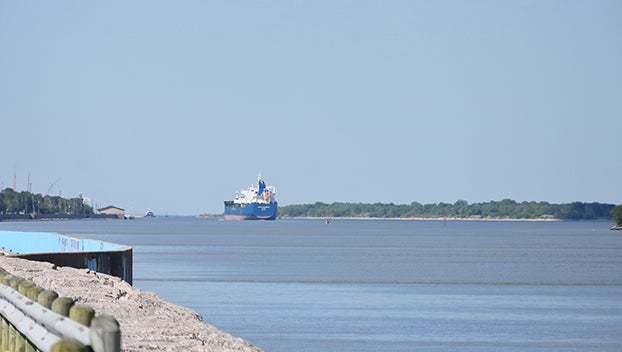OUTDOORS: Water clarity a big issue for local anglers
Published 10:28 pm Wednesday, March 9, 2016
Water clarity is an under appreciated factor in local fishing success.
Having two major rivers flow into Sabine Lake, one of Texas’ smallest bay systems makes it one of the most dynamic in relation to water conditions.
We have notable fluctuations in salinity, water levels and water clarity and of those factors; clarity is one that I believe deserves more study.
The following are notes I have made on water clarity from my own experience as well as talking with other anglers.
A west wind is terrible for fishing on Sabine Lake.
In the last five years, we had a lot of west and west/southwest wind and every time it blew the lake looked like milk chocolate. This greatly altered fish bite patterns and often shut the trout bite off, at least when I was fishing.
I remember running into Willow Bayou on the Louisiana shoreline to find some trout late last and to hide from the wind and the murky brown water had inundated the system nearly all the way to the bridge.
We found no fish and talked with several anglers in the system that also zeroed.
Speaking of the Louisiana shoreline, I believe Hurricane Ike permanently altered water clarity by changing the bottom in that area. The loss of so much shoreline has caused the bayous to get murkier more quickly than I can recall and to very rarely have the classic “tea-colored” water we like so much.
This was true a year after the storm and it is still true.
Water clarity is also extremely important in the Sabine and Neches Rivers. Both of these don’t exactly flow crystal clear but even subtle clarity changes can make a difference in catching fish.
Wise anglers look up current lines in the river and fish on the clear side of them. There are times you will find literally a thin strip of clear water along the main current flow that produces fish.
Fishing along these lines can be extremely productive in the Neches River for trout and in the Sabine, I have found it stellar for southern flounder.
On the opposite end of the spectrum is the effect of super clear water.
During the drought we faced in the last quarter of 2010, there were some unusually clear water conditions that were very revealing.
My father and I fished for flounder at the yacht basin on Pleasure Island and I could see vague details of the bottom in eight feet of water. In fact, I watched a flounder follow my lure up from about six feet deep and strike it a couple of inches under the surface.
Flounder are not fans of clear water and they require serious changes in gear.
Later that year, we watched a plume of super clear water come in from the Gulf down in the channel and the flounder bite turn off immediately. To test a theory we moved north just ahead of the clear water and were bit.
As the clear water hit, the bite shut off. When we moved down farther, we got bites.
We were rigged up with braided line that was a moss green color and fishing pink-colored grubs.
The next day we knew the water was going to be clear since the tides were running high and there was no run-off, so we switched to using fluorocarbon line and salt and pepper colored jig and caught flounder in the exact same spot they wouldn’t hit in the clear water the next day.
Trout are often very spooky in clear water as well and require going to fluorocarbon and natural colored lures. Being an avid jetty angler, I have actually found that on days when the water is gin clear, the bite shuts down and when it is too murky, the same thing happens.
Sandy-green surf is perfect for jetty fishing, but we do not always have the luxury of picking when we want to fish.
Learning to bring along gear that allows you to respond to various water conditions can make a big difference when it comes to putting fish in the boat.
This is something I am learning as time goes on and curiosity pushes me to experiment.
(To contact Chester Moore, e-mail him at chester@kingdomzoo.com. You can hear him on “Moore Outdoors” Fridays from 6-7 p.m. on Newstalk AM 560 KLVI or online at www.klvi.com.)





